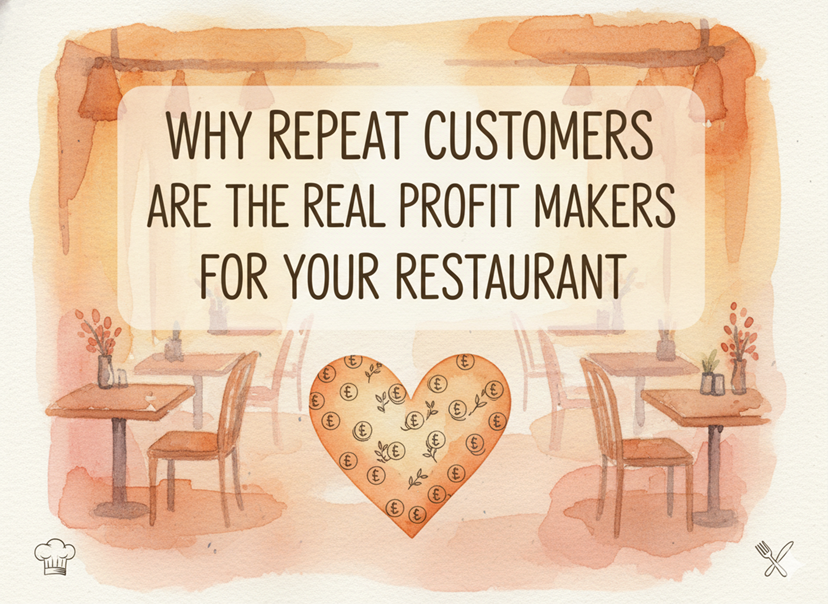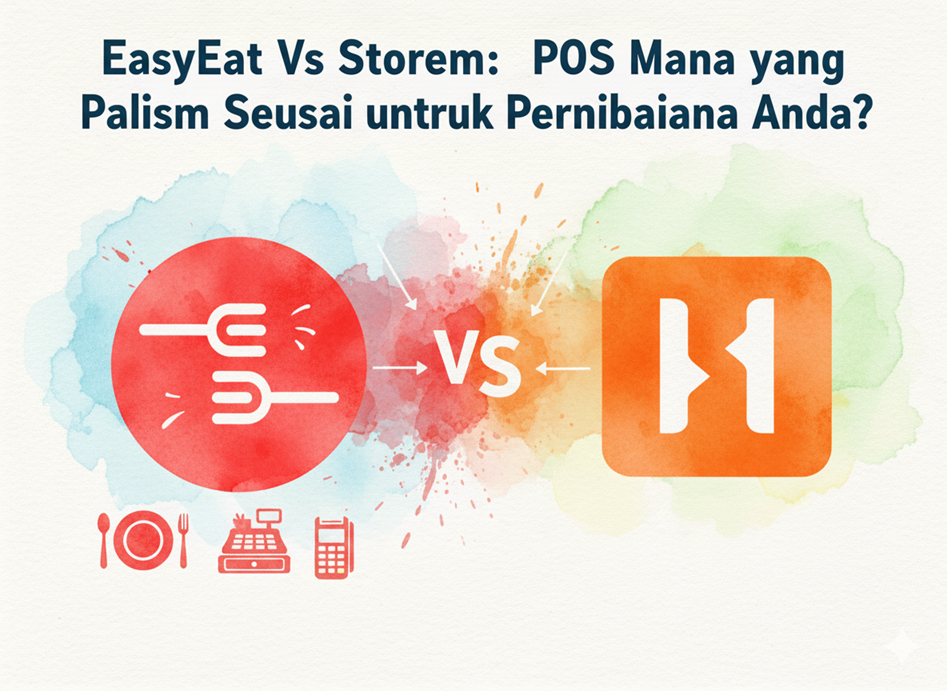The COVID-19 pandemic has left an indelible mark on the restaurant industry, challenging its very foundations and necessitating a paradigm shift in how businesses operate. As restaurants strive to recover and rebuild in the post-pandemic era, one of the foremost priorities is to regain the trust of customers. With concerns surrounding safety and hygiene at the forefront of consumer minds, establishing trust has become paramount. In this article, we delve into actionable strategies for restaurants to proactively instill trust among customers in this evolving landscape.
Embrace Stringent Hygiene Practices
In the wake of the pandemic, customers are more conscious than ever about hygiene standards in restaurants. To reassure patrons and build trust, restaurants must prioritize cleanliness. This involves implementing rigorous hygiene protocols, such as regular sanitization of surfaces, equipment, and high-touch areas. Staff members should receive comprehensive training on proper sanitation practices and be diligent in adhering to them at all times. Visible reminders, such as hand sanitizing stations at entrances and throughout the restaurant, as well as signage promoting cleanliness, can serve as constant reassurances to customers.
Foster Transparency in Food Preparation
Transparency breeds trust, especially when it comes to food safety and quality. Restaurants can achieve this by providing customers with a clear view of the food preparation process. Open kitchens or transparent screens allow patrons to witness the cooking process firsthand, instilling confidence in the freshness and hygiene of the food. Moreover, offering detailed information about ingredient sourcing, food handling procedures, and allergen information demonstrates a commitment to transparency and customer safety.
Champion Contactless Ordering and Payment
The pandemic has accelerated the shift towards contactless experiences, and restaurants must adapt to meet customer expectations. Investing in technology that enables contactless ordering and payment options, such as mobile apps or QR code menus, not only minimizes physical contact but also enhances the overall dining experience. By encouraging customers to use these options and clearly communicating their availability and benefits, restaurants demonstrate a commitment to both safety and convenience.
Optimize Seating Arrangements for Safety
Social distancing guidelines remain crucial in the post-pandemic era, and restaurants must adapt their physical spaces accordingly. Reconfiguring layouts to ensure adequate spacing between tables and implementing measures to manage capacity, such as reservation systems, are essential steps. Outdoor seating options provide an additional layer of safety and comfort for customers, while adequate ventilation further mitigates the risk of transmission.
Communicate Health and Safety Measures Effectively
Transparent communication is key to building trust and confidence among customers. Restaurants should regularly update patrons on the health and safety measures being implemented within the establishment. This includes sharing information about any additional precautions being taken, such as the use of air filtration systems or regular staff testing. Leveraging various communication channels, such as social media platforms and email newsletters, ensures that customers are kept informed and engaged.
In summary, each of these points underscores the importance of proactive measures and transparent communication in rebuilding trust among customers in the post-pandemic era. By prioritizing hygiene, fostering transparency, embracing contactless experiences, optimizing seating arrangements, and effectively communicating health and safety measures, restaurants can create an environment where patrons feel safe, valued, and confident in their dining experience.



